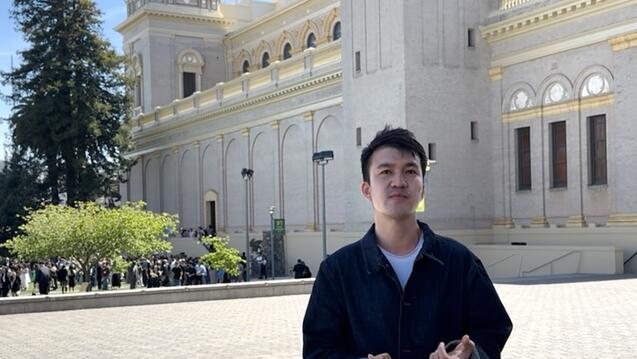Call for Cities to Fight Global Warming
To be sure, the federal government should play a role in setting and enforcing standards, Kaswan said. But, the truth is, stringent and comprehensive climate change regulations will have to be implemented at the local level, where transit and development decisions are made, to be successful.
The argument is one she made in a recent presentation, "Climate Change, Consumption, and Cities," at Fordham Law School in New York at the Colloquium: The Future of the American City, Nov. 14.
Cities are where people drive, and cities affect how much people drive because they are where land-use policies are established regarding how compact residential and commercial development should be, and whether homes and businesses are constructed to facilitate walking and bicycling.
That’s no small matter. Consider that the average American driver pollutes the air with 25 metric tons of greenhouse gas emissions annually, more than twice other industrialized countries in Europe and Asia, Kaswan said.
Cities also determine energy efficiency standards for buildings through building codes.
"Since residential and commercial buildings consume 72 percent of the nation's electricity, they represent a very important underlying cause of the country's emissions," Kaswan said.
In spite of ambitious goals set by a handful of municipalities in recent years, the majority of American cities and towns continue their resource-depleting sprawl. And even cities that have set goals have come up short in enacting policies that are likely to lead to real emission reductions, Kaswan said.
Low-density sprawl has continued with housing stock in the suburbs increasing at a faster rate (15 percent) than in high-density urban cores (five percent). Reversing that trend means endorsing transit promotion, multi-use and multi-family residential development near transit hubs, and the expansion of energy efficient building codes to reduce electricity and natural gas consumption, Kaswan said.
What responsibility would fall to the federal government, for what Kaswan describes as one of the greatest threats facing the world? She sees a role for the federal government in motivating cities and states to implement emissions-reducing strategies through state or regional emission limits. While setting limits through new laws, the federal government would leave the details to be worked out by local governments.
Allowing local control could encourage local "buy in," and give cities the ability to tailor strategies according to the emission sources within their jurisdiction. Providing local control may also encourage innovation and insights into the strength and weaknesses of a variety of strategies, Kaswan said.
And, in the end, Federal oversight could provide equity by "leveling" the playing field, potentially alleviating concerns by some cities that more stringent land-use policies and building codes might drive businesses to other municipalities.
As the institutional changes needed to propel innovation take hold, she also sees an opportunity to provide equity on a broader scale. Policy makers are likely to be in a position to encourage a more equitable distribution of affordable housing, affordable transit, open space, and "green" jobs to disadvantaged populations, Kaswan said.
Read Kaswan's article "Climate Change, Consumption, and Cities," published by Fordham Urban Law Journal (forthcoming 2009), here.


